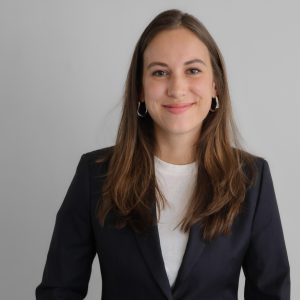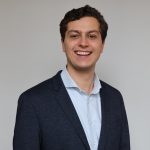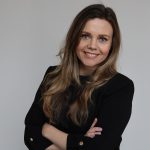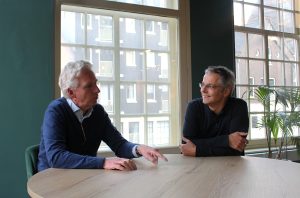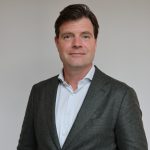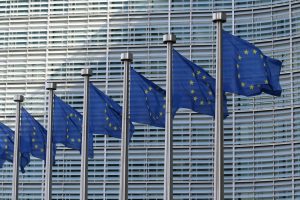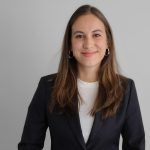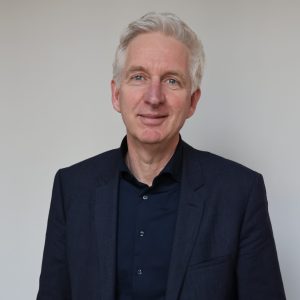How a top-down approach to GHG footprinting can help financial institutions overcome data hurdles
The COP26 has been a time to reaffirm commitments, but the focus now needs to be on operationalizing these commitments and putting action behind words.
Financial institutions (FIs) can play a crucial role in addressing the climate crisis. FIs can do more than direct capital towards closing the climate finance gap, they can work together with their investees to help them reduce greenhouse gas emissions (GHG) in their portfolios. However, that is easier said than done.
GHG measurement is particularly difficult for FIs that invest in developing markets where investee emissions data are either missing, old, or flawed.
For FIs, a major challenge to disclosing and reducing is how to determine GHG emissions across portfolio investments. Portfolios by their very nature comprise a diverse set of investments, including different geographies, sectors, firm sizes, and financial instruments.
Moreover, GHG measurement is particularly difficult for FIs that invest in developing markets where investee emissions data are either missing, old, or flawed. Investees in developing markets, which often include micro, small and medium-sized enterprises (MSMEs), cannot be expected to have the capacity to measure GHG emissions and provide emissions data.
As a result, when disclosing their portfolio emissions, FIs rely on a range of methodologies and data sources, thus creating a patchwork of portfolio measurement disclosures that are not scalable, reliable, or comparable.
Modelling portfolio emissions eases the reporting burden for investees and provides FIs with a starting point to reducing portfolio emissions.
One solution to get started is modelling a portfolio’s emissions from the top-down, thereby avoiding the data challenges of collecting emissions from investees in a bottom-up approach. By pairing an organization’s financial data with the carbon intensities of an economy’s sector, GHG emissions can be quantified per investment for the entire portfolio.
Such a modelling approach utilizes publicly available data for a wide range of (developing) countries from several sources, like the Global Trade and Analysis Project (GTAP) and the World Bank. In this way, FIs can measure their financed emissions without requiring investees to disclose emissions.
Over time FIs should enhance the robustness of their results based on reported emissions. But taking such a stepwise approach first eases reporting burdens for investees and provide FIs a starting point to reducing portfolio emissions. What’s more, a top-down approach to GHG measurement can be harmonized and adopted industry-wide.
An example of an effort towards harmonization is the Joint Impact Model (JIM). The JIM is a publicly available model that enables the quantification of GHG emissions related to investments of FIs. It is the result of the coordinated work of a group of major International Finance Institutions (IFIs) and our team at Steward Redqueen, capitalizing on our long-standing record in impact measurement.
The JIM officially launched in January 2021 and just announced a collaboration with Partnership for Carbon Accounting Financials (PCAF) on alignment of the GHG methodology. It is currently used by over 70 institutions.
In summary, data challenges shouldn’t hold FIs back from taking meaningful action towards achieving their climate commitments. One solution is to use a top-down approach to measure the GHG footprint of their portfolio. These insights can help FIs move towards becoming carbon neutral or carbon negative. Ultimately, we believe you can’t manage what you don’t measure.
Learn more about our 5-step approach to manage and reduce GHG emissions in portfolio here.
If you are interested in learning more about measuring your organization’s climate footprint, you can reach out to sabine.dankbaar@stewardredqueen.com, based in our Amsterdam office, and pauline.brunner@stewardredqueen.com, based in our Singapore office.

